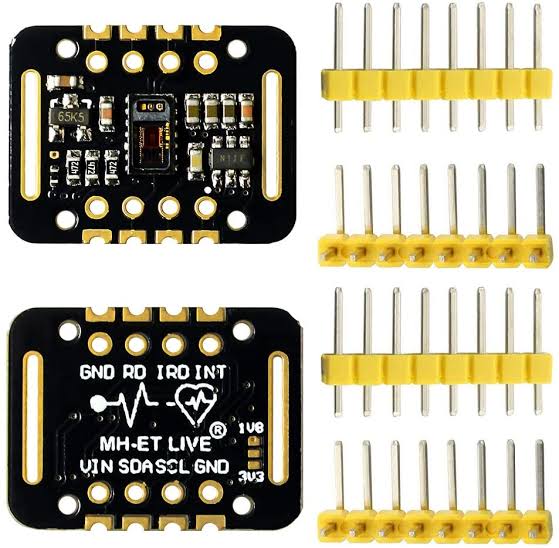-27%
ESP32 38-pin CP2102 Type-C Development Board
Overview:
The ESP32 38-pin CP2102 Type-C Development Board integrates the power of the ESP32 microcontroller with a CP2102 USB-to-Serial converter and a convenient Type-C USB interface. This development board offers a feature-rich platform for IoT prototyping, wireless communication, and various electronic projects. With a total of 38 GPIO pins, this board provides extensive flexibility for sensor interfacing and customization.
Key Features:
- ESP32 Microcontroller:
- Dual-core Tensilica LX6 microprocessor for efficient multitasking.
- Integrated Wi-Fi (802.11 b/g/n) and Bluetooth (Classic and BLE) for wireless communication.
- 38-pin GPIO Configuration:
- A generous number of GPIO pins for versatile interfacing and project customization.
- Enables extensive sensor integration and connectivity options.
- CP2102 USB-to-Serial Converter:
- Integrated CP2102 chip for reliable USB communication.
- Simplifies the programming and debugging process.
- Type-C USB Interface:
- Reversible Type-C USB connector for convenient power supply, programming, and data transfer.
- Modern and widely compatible USB interface.
- Dual-Core Architecture:
- Dual-core architecture for real-time control and efficient task handling.
Specifications:
- Microcontroller: ESP32
- USB-to-Serial Converter: CP2102
- GPIO Pins: 38 (configurable)
- Wireless Connectivity: Wi-Fi (802.11 b/g/n), Bluetooth (Classic and BLE)
- Operating Voltage: 3.3V
- Input Voltage: 5V via Type-C USB
- Clock Speed: Up to 240 MHz
- Flash Memory: 4 MB
- Type-C USB Connector: Reversible for easy connectivity
Applications:
- IoT Prototyping
- Home Automation
- Sensor Networks
- Smart Devices
- Wearable Technology
- Educational Demonstrations
Package Includes:
- ESP32 38-pin CP2102 Type-C Development Board
How to Use the ESP32 38-pin CP2102 Type-C Board:
Step 1: Connect Power
Connect the ESP32 development board to a power source using the provided Type-C USB cable.
Step 2: Program the Board
Write your program using the Arduino IDE or preferred programming environment and upload it to the ESP32 via the Type-C USB connection.
Step 3: Utilize GPIO Pins
Leverage the extensive GPIO pin configuration for sensor interfacing, output control, and project customization.
Step 4: Connect to Wi-Fi and Bluetooth
Utilize the integrated Wi-Fi and Bluetooth capabilities of the ESP32 for wireless communication and connectivity.
Step 5: Integrate into Project
Integrate the ESP32 38-pin CP2102 Type-C Development Board into your IoT or electronic project for efficient and wireless functionality.









apollo group tv –
Perhaps I’m missing something but I can’t seem to find Hardware in the Input/Codecs parent